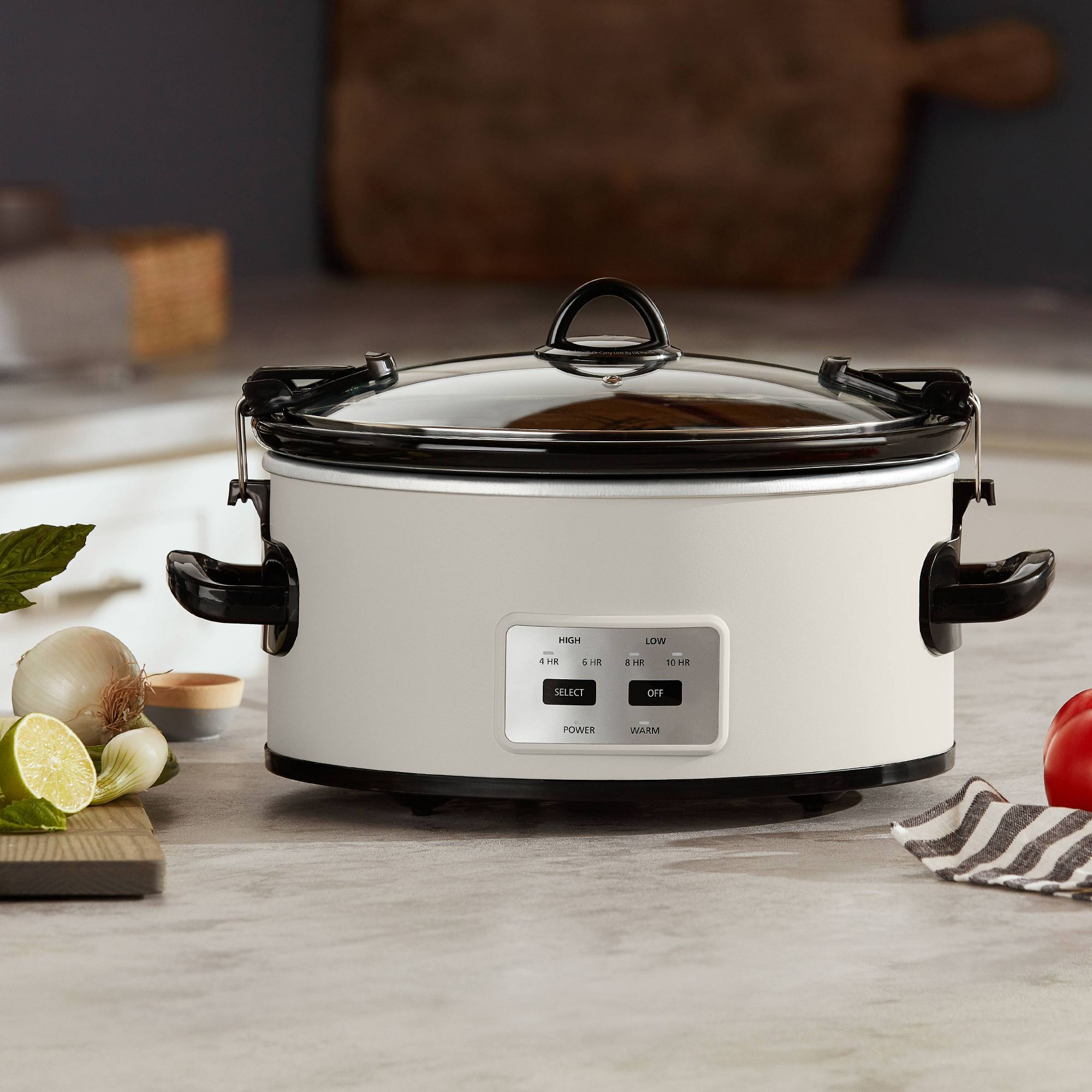

Check your mixture to ensure it’s smooth throughout. If you’re mixing tougher ingredients, like vegetables or certain kinds of soups, you may have to increase your blending time.This will help create a well-blended, smooth consistency in your mixture. While blending your mixture, don’t forget to move the blender slowly in an up-and-down motion.Which would put a serious damper on any dinner party. Failing to do so could result in food-splattered kitchen walls.

For best results, be sure the blender attachment is completely submerged in the mixture. When you’re ready to use your hand blender, simply insert the blender into the mixture you need to blend.We even suggest weighing the cord down with something heavy to keep it from developing a mind of its own. It’s dangerous. So take every precaution to make sure it doesn’t happen. Accidentally severing the cord of your blender is a real risk. Plug in your blender well outside of your work space.But note: Some hand blenders may have screw-on attachments. That means the components are properly fitted into place. Most immersion blenders have spring-loaded catches. Wait to hear the click.If the attachment doesn’t connect easily, simply press the release button - that should do the trick.When assembling your immersion blender, line up the motor body, or the heaviest part of the blender, with a blender attachment.But to give you a general idea, here are a few pointers for when your new best kitchen-friend is fresh out of the box. The process of assembling your blender will vary from brand to brand. This simplifies many common kitchen tasks that involve blending, mixing, and beating. Simply put, an immersion blender has a motor that turns a rotary blade or other attachment at a high speed. Luckily, we’ve got all the information you need to pick the best hand blender - a tool no kitchen master can do without. But the best immersion blenders also need to be tough enough to handle everything from cooked meats to potatoes and vegetables.


 0 kommentar(er)
0 kommentar(er)
